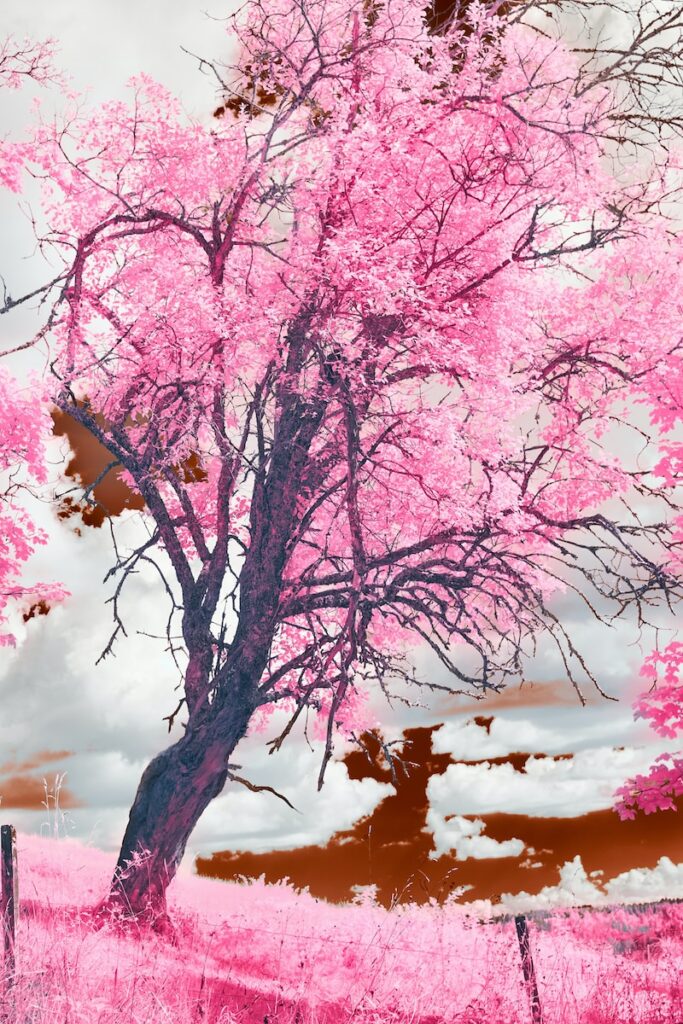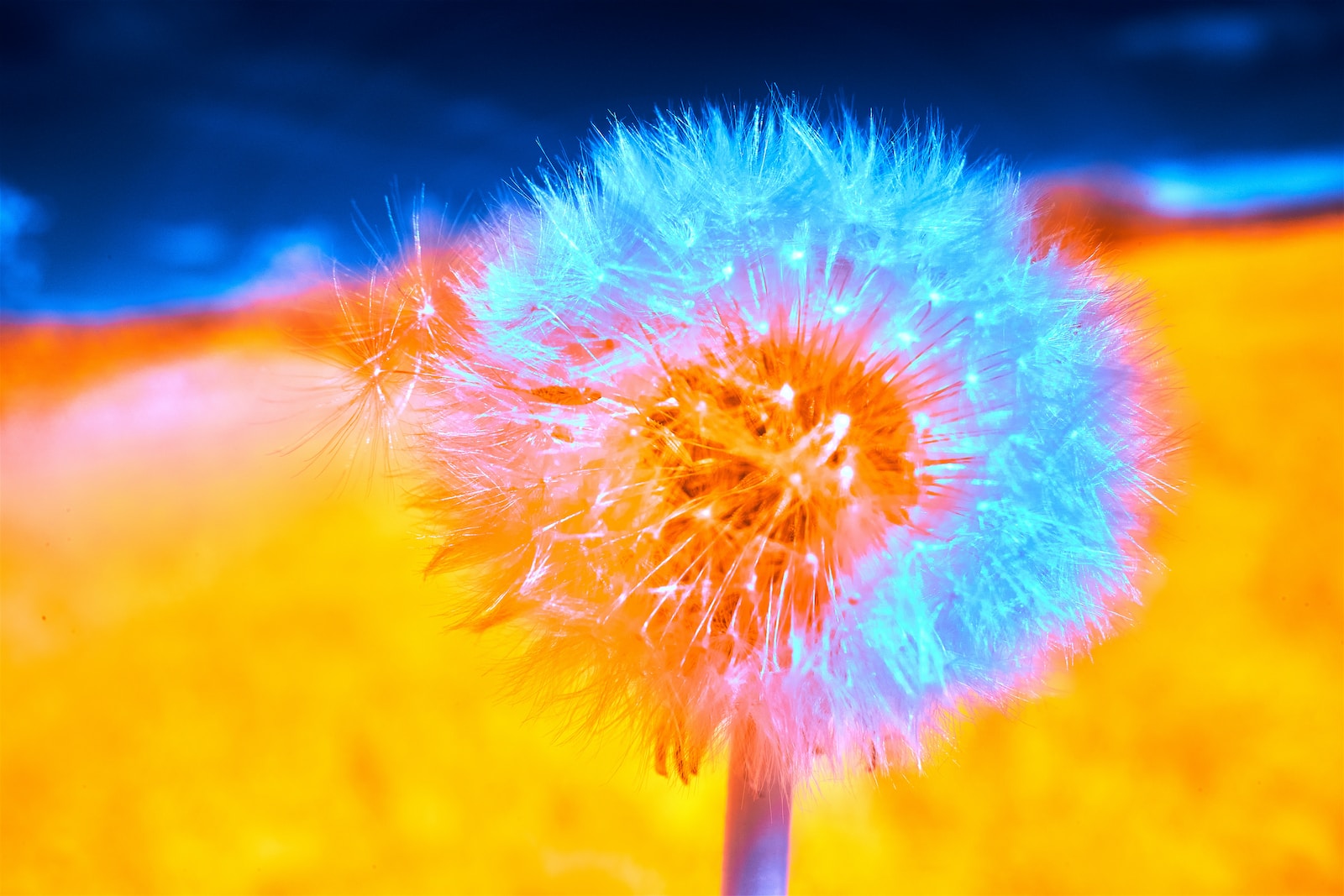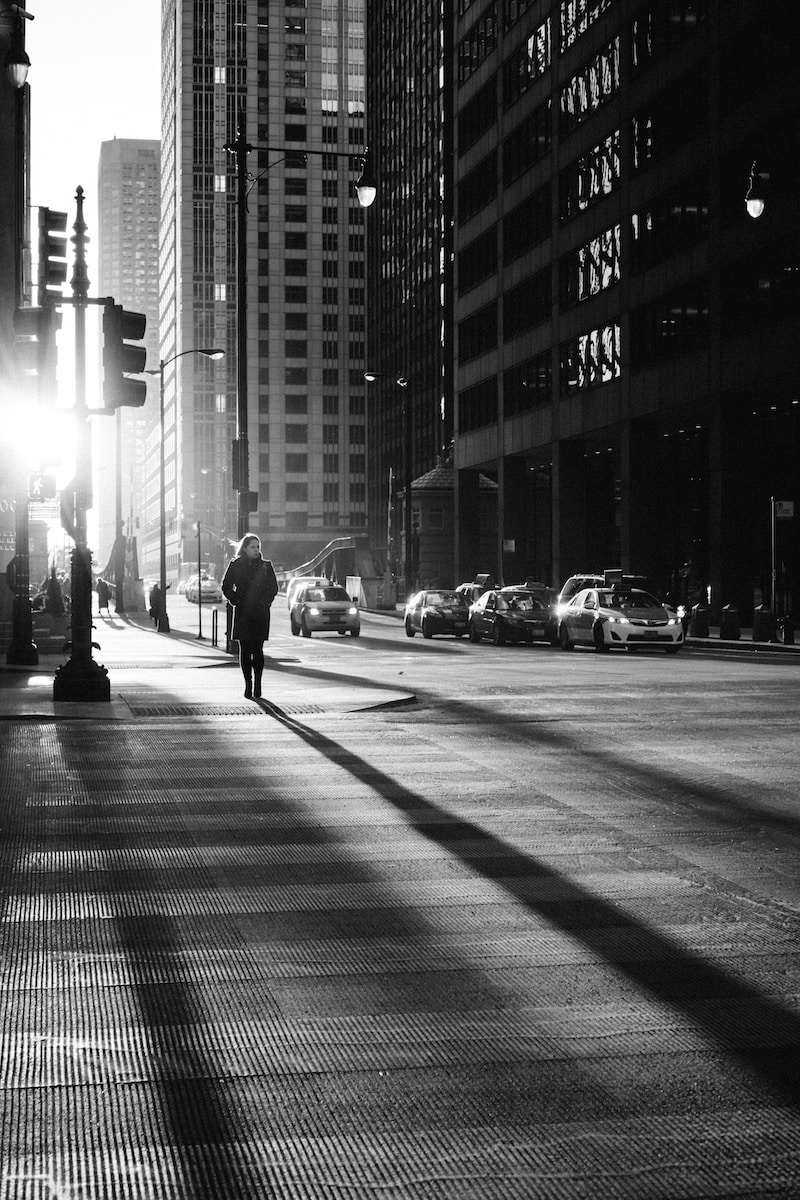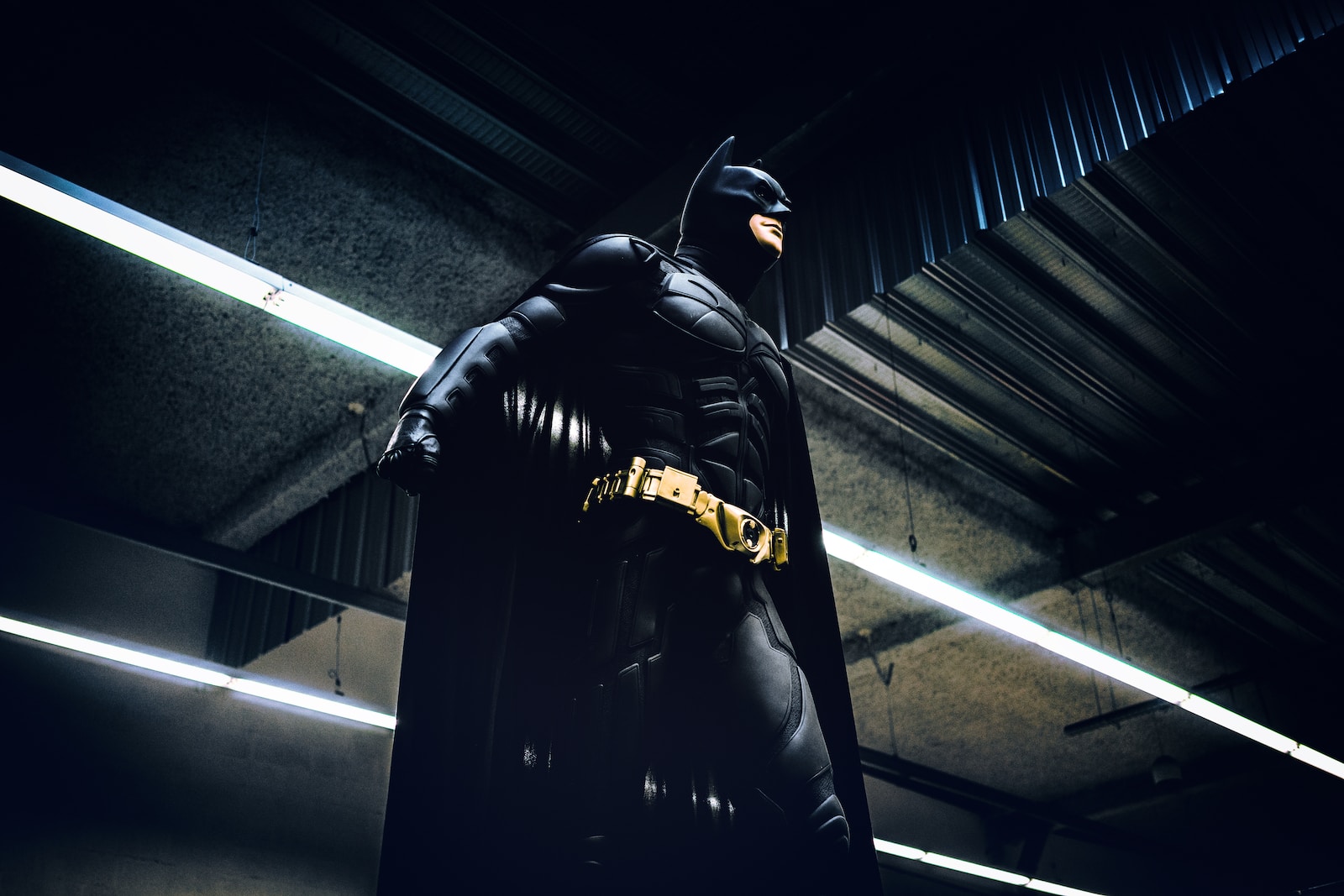Unleash the power of infrared photography and embark on a journey to capture the unseen beauty that lies beyond the realm of our vision. In this comprehensive guide, we will delve into the captivating world of infrared photography, exploring how this unique technique can transform ordinary landscapes into ethereal masterpieces. Join us as we unveil the secrets behind this fascinating art form and unlock a new dimension of creativity that will leave you mesmerized.
Table of Contents
- Unleash the Beauty: Photographing the Unseen
- Choosing the Right Camera
- The Best Time of Year
- Frequently Asked Questions
- What is infrared photography?
- How does infrared photography work?
- What are the benefits of infrared photography?
- Do I need a special camera for infrared photography?
- Can I convert my existing camera for infrared photography?
- What subjects are best for infrared photography?
- Are there any specific settings I should use for infrared photography?
- Can I achieve infrared effects using post-processing software?
- Wrap Up
Unleash the Beauty: Photographing the Unseen
When it comes to capturing unseen beauty, infrared photography opens up a whole new world. With its ability to reveal hidden details and transform ordinary scenes into ethereal landscapes, infrared photography offers a unique and captivating perspective for photographers. In this guide, we will explore the fascinating world of infrared photography and provide you with tips and techniques to create extraordinary infrared images.
Discovering the Unseen: Exploring the Potential of Infrared Photography
Through the lens of an infrared camera, the world becomes a stunning canvas that reveals the invisible spectrum of light. Infrared photography allows you to capture wavelengths beyond what the human eye can see, unveiling a surreal world filled with unexpected beauty.
One of the most enchanting aspects of infrared photography is how it portrays foliage. Infrared light reflects differently off plants, making them appear dreamlike with glowing white or silver tones. Lush green landscapes are transformed into otherworldly realms, where every leaf seems to radiate a soft, ethereal glow.
Another mesmerizing subject for infrared photography is architecture. The unique properties of infrared light make buildings and structures stand out in extraordinary ways. The contrast between the infrared light and the surrounding environment creates a visual impact that is both dramatic and intriguing. The result is a series of photographs that capture the unseen essence of a place, unveiling details and textures that are often overlooked.
Unveiling the Techniques: Tips for Extraordinary Infrared Photography
To truly capture the essence of the unseen, you need to employ specific techniques tailored to infrared photography. Here are some valuable tips to help you create stunning infrared images:
- Invest in an Infrared-Converted Camera: While some digital cameras have built-in infrared filters, a dedicated infrared-converted camera will provide the best results. This modification allows your camera to capture the full infrared spectrum, giving you maximum creative freedom.
- Choose the Right Filter: If you’re using a non-converted camera, make sure to use an appropriate infrared filter. Filters such as the Hoya R72 or the B+W 093 help block visible light, allowing only infrared light to pass through.
- Experiment with White Balance: Infrared photography often results in images with a reddish or bluish hue. To achieve the desired effect, play around with white balance settings or adjust it during post-processing.
- Capture During the Golden Hours: The warm, soft light during sunrise and sunset adds a magical touch to infrared photography. The long shadows and captivating hues create a breathtaking atmosphere that enhances the overall mood of your images.
- Embrace Long Exposures: Infrared light behaves differently compared to visible light, allowing you to experiment with long exposure photography. Capturing motion-blurred clouds or smooth waters can add an ethereal quality to your infrared images.
Unseen beauty awaits you in the realm of infrared photography. By exploring this fascinating technique and employing the right techniques, you can unlock a world of hidden wonders and capture images that showcase the magic of the unseen.
Did you know that infrared photography allows you to capture light that is not visible to the human eye? With the help of a modified camera, you can explore a mesmerizing world of hidden beauty and create stunning, otherworldly images.
Choosing the Right Camera
Infrared photography opens up a whole new world of creative possibilities, but choosing the right camera is crucial to achieve the best results. Look for a camera that has a high sensitivity to infrared light, as this will enhance the visibility of infrared radiation. Most modern digital cameras have a built-in infrared-blocking filter, so you will need to either have the filter removed or find a camera that is already modified for infrared photography.
Recommended Lenses and Other Equipment
Once you have your camera, it’s time to consider the lenses and additional equipment that will enhance your infrared photography experience.
- Prime Lenses: Prime lenses with a wide aperture, such as a 35mm or 50mm lens, are great for capturing sharp and detailed infrared images.
- Zoom Lenses: Zoom lenses provide flexibility, allowing you to experiment with different focal lengths. A versatile option is a 24-70mm lens, which covers a wide range of focal lengths.
- Filters: Infrared filters, such as the infrared-passing filter (720nm) or the super color filter (590nm), can be attached to your lens to block visible light and capture only infrared wavelengths. Experiment with different filters to achieve different effects.
- Remote Shutter Release: A remote shutter release is essential for minimizing camera shake and capturing crisp infrared images. Look for a wireless option that allows you to trigger the camera from a distance.
- Tripod: A stable tripod is a must-have for infrared photography, especially when shooting long exposures. It ensures a steady shot, preventing any blurriness or movement in your images.
- Camera Bag: Invest in a reliable camera bag to protect your gear while you’re out exploring. Look for a bag that is sturdy and well-padded to keep your equipment safe from any potential damage.
Choosing the right equipment for infrared photography will greatly enhance your ability to capture stunning images. Remember, the options mentioned above are just examples, and there are many other brands and models available. Research different options, read reviews, and consider your budget to find the gear that best suits your needs. With the right equipment in hand, you’ll be ready to embark on a journey of discovering the unseen beauty of the infrared world.

The Best Time of Year
Infrared photography offers a unique perspective on the world, revealing unseen beauty that is invisible to the human eye. To capture the best infrared photos, it’s crucial to consider the right time of year for shooting. While infrared photography can be done all year round, there are certain seasons that offer more favorable conditions.
- Spring: Spring is an excellent time for infrared photography, as the lush foliage and blooming flowers are enhanced in infrared light. The vibrant greens and vivid colors make for captivating compositions, adding an ethereal and dreamlike quality to your images.
- Summer: Although summer might not be the first season that comes to mind when thinking about infrared photography, it can offer some fantastic opportunities. During this time, trees are fully dressed in foliage, which can create dense and atmospheric landscapes in infrared. The soft, diffused light of the summer sun can also add a magical touch to your photos.
- Fall: Autumn is a favorite season for many photographers due to the vibrant colors of the changing leaves. In infrared photography, these fall colors take on a whole new dimension, with reds, yellows, and oranges appearing as whites and pinks. This transformation results in striking and surreal imagery that truly showcases the unseen beauty of nature.
- Winter: Although winter landscapes are often associated with snow-covered scenes, infrared photography during this season can be equally captivating. Bare trees and frosted landscapes take on an otherworldly quality in infrared, with the contrast between dark branches and snowy landscapes creating a dramatic effect.
Choosing the Perfect Vantage Points and Positions
When it comes to capturing extraordinary infrared photographs, selecting the right vantage point and position is vital. Here are a few ideas to help you make the most of your infrared photography adventures:
- Elevated Perspectives: Climb to higher ground or utilize drones to capture sweeping aerial views. Overlooking vast landscapes with trees, rivers, or mountains can create a mesmerizing and expansive infrared composition.
- Reflections: Seek out locations with water features such as lakes, ponds, or rivers. Reflections in the water can add depth and symmetry to your infrared photos, creating a sense of tranquility and balance.
- Architectural Marvels: Incorporate architectural elements into your infrared images to juxtapose man-made structures with natural landscapes. Historic buildings, bridges, or even modern architectural marvels can add an intriguing and unique dimension to your infrared portfolio.
- Up Close and Personal: Don’t forget to focus on the details. Plants, flowers, and foliage can all be captured in remarkable detail using infrared photography. Get up close and experiment with different angles to reveal the intricate patterns and textures that are often unseen by the naked eye.
Remember, the key to breathtaking infrared photography lies not only in the technical aspects but also in finding the right time of year and exploring various vantage points. Embrace the ethereal and surreal nature of infrared, and you will unlock a hidden world of beauty that will captivate both you and your audience.
One helpful tip for infrared photography is to use a tripod to ensure your images are sharp. Because infrared light can be more difficult for your camera to capture, longer exposure times are often necessary. Using a tripod will help eliminate any camera shake and ensure your photos come out crisp and clear.
Frequently Asked Questions
What is infrared photography?
Infrared photography is a unique technique that uses infrared light to capture images. Unlike traditional photography, which focuses on visible light, infrared photography reveals unseen beauty by capturing infrared wavelengths.
How does infrared photography work?
Infrared cameras are equipped with filters that block visible light and only allow infrared light to pass through. These cameras capture the heat emitted by objects, creating stunning and ethereal images.
What are the benefits of infrared photography?
Infrared photography unveils a hidden world of beauty, offering a fresh perspective on familiar subjects. It highlights unique textures, enhances the contrast between foliage, and captures the warmth of infrared light.
Do I need a special camera for infrared photography?
Yes, infrared photography requires a camera that has been modified to capture infrared light or a dedicated infrared camera. Standard cameras have filters that block infrared light, making them unsuitable for this technique.
Can I convert my existing camera for infrared photography?
Yes, it’s possible to convert certain camera models for infrared photography. You can choose to have the internal filter of your camera removed and replaced with an infrared filter, or you can opt to use an external infrared filter for each shot.
What subjects are best for infrared photography?
Infrared photography lends itself well to landscapes, architecture, and portraits. Trees, foliage, and bodies of water often appear dreamlike in infrared images, creating a surreal and captivating effect.
Are there any specific settings I should use for infrared photography?
Since infrared light behaves differently than visible light, you’ll need to adjust your camera’s settings accordingly. Start by setting a longer exposure time, adjusting the white balance, and experimenting with different ISO values to achieve the desired effect.
Can I achieve infrared effects using post-processing software?
While some post-processing software allows you to simulate infrared effects to a certain extent, the results won’t be as authentic as capturing infrared light directly. To fully experience the enchanting world of infrared photography, it’s best to use a dedicated infrared camera or convert your existing one.
Wrap Up
Infrared photography offers a remarkable way to explore the world around us, revealing unseen beauty and creating captivating images. By understanding the principles and techniques outlined in this guide, you can unlock the potential of your camera’s infrared capabilities.
Whether you’re a photography enthusiast or a professional seeking a unique perspective, infrared photography presents endless possibilities. Experiment with different subjects, lighting conditions, and post-processing techniques to bring out the best in your infrared images.
Now it’s your turn! Have you tried infrared photography before? Will you give it a shot after reading this guide? Share your thoughts, experiences, and stunning infrared images in the comments below. Let’s keep the conversation going and inspire each other to capture the unseen beauty in our world!



